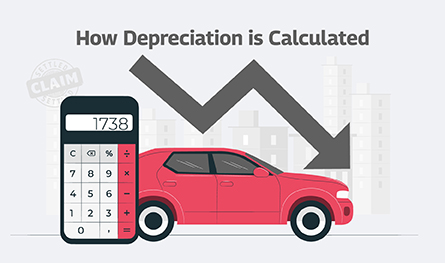Related Articles
 Jan 08, 2025
Jan 08, 2025
Is Varicose Vein surgery covered under the health insurance policy in India
 Health Insurance
Health Insurance
.png)
International Epilepsy Day is an important day observed every year to raise awareness about epilepsy. It falls on the second Monday of February, and in 2025, it will be celebrated on February 10. The day is a global effort to increase public understanding about epilepsy, challenge misconceptions, and offer support to those living with the condition.
.png)
To increase epilepsy awareness and to make more and more people know about the illness, its symptoms and preventive measures, International Epilepsy Awareness Day is observed on the second Monday of February every year. This yearly event is managed and organized by two organizations namely, the International League Against Epilepsy (ILAE) and International Bureau for Epilepsy (IBE). It discusses the impact that epilepsy has on individuals, families as well as the larger sections of the society. Let us read about it in detail.
As discussed above, International Epilepsy Day is an event that aims to inform people and societies about the influence that epilepsy has on people at large. It is done by means of various educational and informative programs like seminars, campaigns, International Epilepsy Day poster, International Epilepsy Day logo and so on. Let’s understand what epilepsy is all about before getting into its further details.
Epilepsy is a disorder of the central nervous system where the activity of the brain becomes abnormal, which in turn causes seizures. These seizures are usually stages of abnormal behaviour that might include loss of awareness, unconsciousness, sensations etc. Epilepsy occurs due to genetic disorder or through brain injury and it causes abnormal behaviour of the brain.
Epilepsy is also known as seizure disorder and it is a neurological condition. Under this condition, some electrical activities take place in the brain and that causes recurrent seizures. There are over 65 million people across the globe who suffer from epilepsy. However, it is still seen as a stigma to society.
Hence, International Epilepsy Day is observed to educate people in general about epilepsy and how to take better care of such patients.
International Epilepsy Day is the idea of two organizations namely, the International League Against Epilepsy (ILAE) and International Bureau for Epilepsy (IBE). These two organizations have been organizing various campaigns and events since the inception of the day to guide people about the conditions and its effects. The day is celebrated with a unique theme every year. It is observed in over 120 countries across the globe.
On International Epilepsy Day, various activities are organized worldwide to raise awareness about epilepsy. These include:
These events help increase public understanding of epilepsy and encourage people to become more supportive of those living with the condition.
International Epilepsy Day is observed on the second Monday of February every year. This year it will be observed on February 13.
In India, Epilepsy Awareness Day will be commemorated on November 17, 2023 with almost similar goals as that of International Epilepsy Day.
Purple colour is associated with epilepsy as it is the colour of official awareness of epilepsy. This is because purple colour lavender is regarded as the symbol of the international flower of epilepsy.
The purpose of observing this day is to increase awareness as well as remove the stigma associated with epilepsy. Further, it offers a platform for people suffering from epilepsy to discuss their experiences.
Epilepsy is a disorder of the central nervous system under which the activity of the brain becomes abnormal and causes seizures. Seizures are usually stages of abnormal behaviour of the brain that include conditions like loss of awareness, unconsciousness, etc.
Young and healthy? Find out which of these plans rewards you with lower premiums. Click here to check now!

Paybima Team
Paybima is an Indian insurance aggregator on a mission to make insurance simple for people. Paybima is the Digital arm of the already established and trusted Mahindra Insurance Brokers Ltd., a reputed name in the insurance broking industry with 21 years of experience. Paybima promises you the easy-to-access online platform to buy insurance policies, and also extend their unrelented assistance with all your policy related queries and services.

.jpg)
Having a bike is not just about convenience, it’s a huge responsibility. Financial protection of your two-wheeler is important and the best way to ensure that is to have a bike insurance policy that will protect you in case of an accident, theft or a natural calamity. There are so many options when it comes to policies, making it difficult to know what’s best. This guide makes it easier to choose the best bike insurance policy that is suitable for you.


Non-linked, non-participating term plans are the ones that do not participate in the business and profit of the insurance company. These are fixed premium plans where the policyholder pays a fixed amount to ascertain a guaranteed sum as a return to be paid to the nominee in case of his/ her demise. Let’s learn more in this post.


Car depreciation implies the difference between the cost of a car at the time of buying the car and when you sell it. A car insurance claim amount is determined by the car depreciation rate. The car depreciation rate is the reduction in the value of your car over its lifespan caused by wear and tear.


Have you ever caught yourself lost in illusions about your daughter's future events, such as her university convocation and first day at work? Her university convocation. When she embarks upon her initial job after graduation will be the day.

.png)
Accidents can happen anywhere, anytime, by your own fault or another person. What’s important is to be prepared for such mishaps. This is where Own Damage Car Insurance comes in handy.
